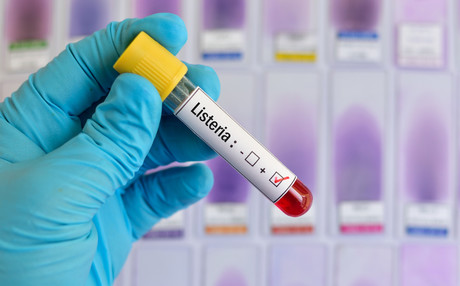27% mortality in world's largest ever listeriosis outbreak

Between 1 January 2017 and 24 April 2018, 1053 laboratory-confirmed listeriosis cases were reported to the National Institute for Communicable Diseases (NICD) in South Africa. This is by far the worst documented outbreak of the foodborne disease ever — far more serious than the second-largest listeriosis outbreak, which occurred in the US in 2011 with a total of 147 reported cases linked to contaminated cantaloupes.
And the South African numbers most likely under-represent the severity of the outbreak as it was only made mandatory to report cases of listeriosis in SA in December 2017, well after the outbreak was confirmed and raging.
According to SA Health Minister Aaron Motsoaledi, investigations started in earnest after doctors from two hospitals alerted the National Institute of Communicable Diseases to unusually high numbers of babies with listeriosis in July 2017. Data analysis has since shown that the outbreak started in June 2017 and ultimately a strain of listeria known as sequence-type six, or ST6, was identified as the driver of the outbreak.
By the time the government identified a meat-processing factory owned by Tiger Brands, the continent's biggest packaged-food company, as the source of the outbreak, the disease had been raging for 14 months and more than 900 people had already been reported as infected.
Such a huge outbreak, delay between confirming an outbreak is underway and identifying the source is unusual. World Health Organization scientist Peter Ben Embarek claims that outbreaks of Listeria typically produce only a handful of cases, because the source is usually identified very quickly.
Explaining the lag before the source of the Listeria was identified, SA's Health Ministry said the source was found after pre-school children fell ill from eating polony products traced to processed meat producers.
"The meat processing industry was not cooperating for months … they did not bring the samples as requested," the government's communications director, Popo Maja, said.
"We had long suspected that Listeria can be found in these products."
"It is not that we are incompetent, or that we have inadequate resources," Maja said when asked why it had taken more than a year to find the cause of Listeria.
While Listeria bacteria occur widely around the world, a study published in 2014 showed they cause fewer cases of disease than other foodborne pathogens like Salmonella. However, the real danger is in the fatality rate of invasive listeriosis, which is enormous at 20 to 30%, according to the WHO.
In the SA outbreak the outcome of illness is known for 785 of those contaminated, with 212 people (27%) having died, including 91 babies under one month old. Most of the cases involved those with higher risks for a severe disease outcome, such as neonates, pregnant women, the elderly and the immunocompromised. In this outbreak, 42% of the cases were neonates who were infected during pregnancy or delivery.
SMC upgrades chillers to meet new refrigerant regulations
Many of SMC Corporation's thermo-chillers now answer to the call for a more environmentally...
CSIRO's new data resource for verifying Australia's food fingerprint
CSIRO has today launched a national resource of Australia's isotopic data, which can be used...
Eel appeal: Japanese consumers willing to try cultured eel
A recent survey reveals an openness among Japanese consumers towards eel alternatives, including...











